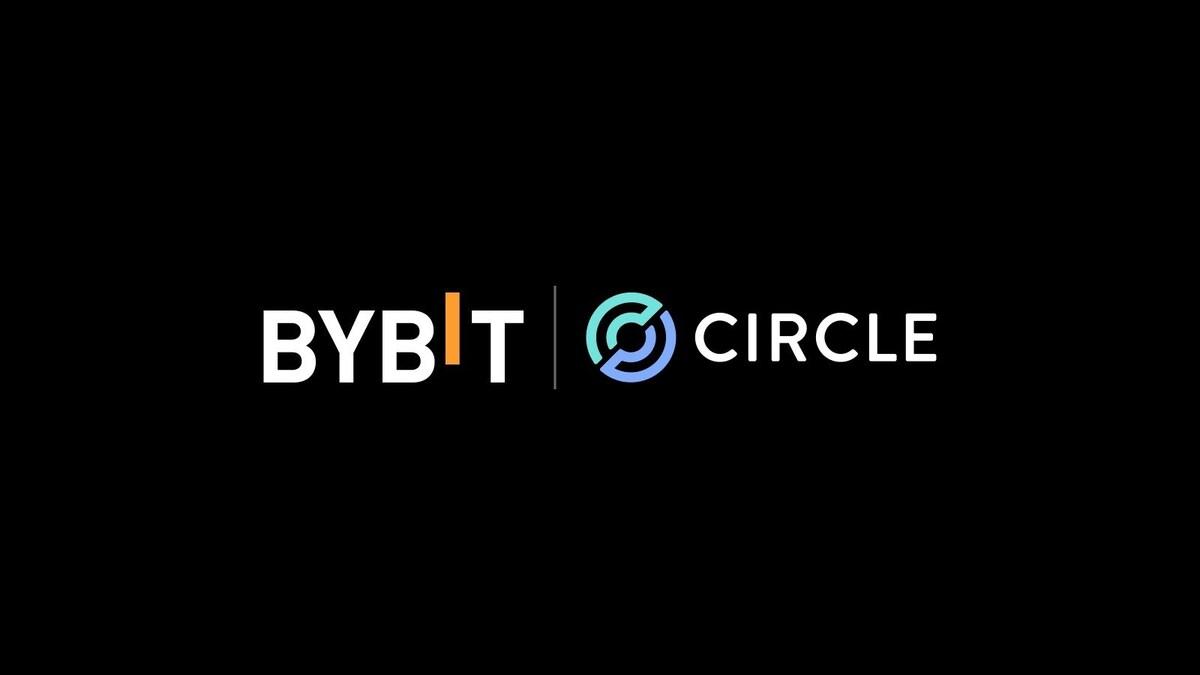A hard fork is a significant event in the world of blockchain where a blockchain network splits into two separate chains with distinct parameters. This results in the formation of two parallel blockchains, each with its own transaction history and set of rules. Hard forks can occur intentionally as a result of community decisions or accidentally due to bugs or errors in the blockchain protocol.
When a hard fork takes place, the new chain that emerges from the split becomes independent and no longer shares the same transaction history as the original chain. From the moment of the fork, any activity that occurs on one network will not be reflected in the other network. This means that if you hold tokens or assets on the original chain, those tokens will not automatically exist on the new chain.
Hard forks are usually pre-announced and heavily discussed within the cryptocurrency community to ensure that users are aware of the upcoming changes. These discussions often involve debates and evaluations of the proposed modifications, such as changes to block size, rewards, or the maximum supply of a cryptocurrency.
One well-known example of a hard fork is the Bitcoin blockchain. In 2017, there was a proposal to increase the block size of Bitcoin from 1 MB to 8 MB to allow for faster and more scalable transactions. However, this proposal faced resistance from a significant portion of the community, leading to a split in the network. The result was the creation of a new cryptocurrency called Bitcoin Cash (BCH), which operates on its own separate blockchain with larger block sizes.
Since its creation, Bitcoin Cash has also undergone its own series of hard forks, resulting in the emergence of Bitcoin Cash ABC (BTCA) and Bitcoin SV (BSV). These hard forks were driven by differences in the vision and objectives of the respective communities, resulting in further divergence between the chains.
Another notable hard fork occurred in the Ethereum blockchain in 2016. This was a response to the DAO (Decentralized Autonomous Organization) exploit, in which a significant amount of funds were stolen due to a vulnerability in the smart contract code. The Ethereum community decided to perform a hard fork to reverse the stolen funds and restore the affected accounts, creating a new chain known as Ethereum (ETH). The original chain continued as Ethereum Classic (ETC), and both chains have since developed their own communities and ecosystems.
It’s important to note that hard forks can have different outcomes depending on how they are received by the community. Some hard forks are successful in gaining significant support, resulting in the emergence of a new, thriving blockchain. On the other hand, some hard forks may struggle to gain traction and maintain a strong user base, leading to the decline or eventual abandonment of the new chain.
While hard forks can introduce new features or address specific issues within a blockchain, they can also create confusion and potential risks for users. Holding assets on a blockchain that undergoes a hard fork requires careful consideration and understanding of the consequences. Users must make sure to follow the instructions provided by the development team and community to ensure a smooth transition and safeguard their assets.
In conclusion, a hard fork in blockchain refers to the splitting of a blockchain network into two separate chains, each with its own transaction history and rules. Hard forks can be intentional decisions made by the community or accidental events caused by technical issues. They can lead to the creation of new cryptocurrencies or the continuation of existing ones with distinct visions and objectives. Understanding the implications of a hard fork is crucial for users to navigate the blockchain ecosystem effectively.














